Toxic Beauty Treatments from the Past
We have some strange, often gross, rituals for beauty even today. But we can thank science for the options we have, and that we aren't expected to use these horrendous toxic beauty treatments from the past.
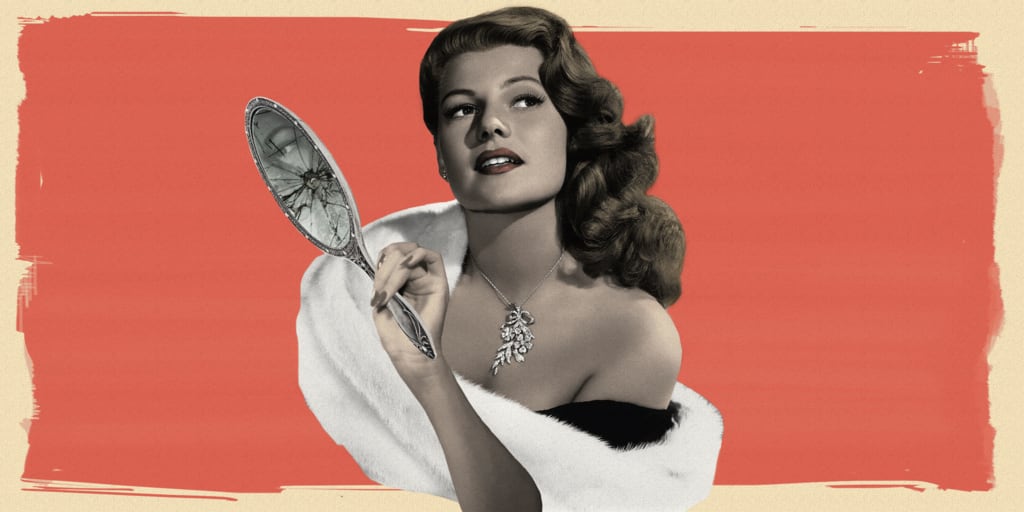
Although beauty standards across time and space may differ drastically, every culture at every time has held some beliefs and practices regarding beauty. And while standards and preferences may change, even to their own opposites, one thing remains the same: people are willing to do some crazy things in the name of beauty. From leeches to lead, nightshade to radiation poisoning, toxic beauty treatments have been a health hazard to women - and men - for eons. And don't think just because we're in the 21st century now, that personal care products don't still sometimes have dangerous long-term effects...
Belladonna
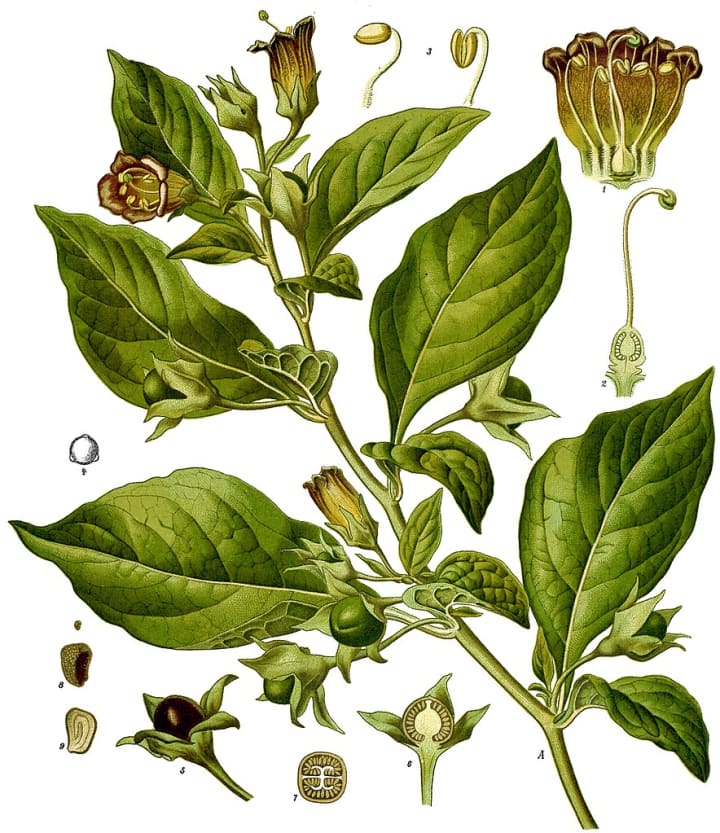
Belladonna, also known as deadly nightshade, used to be a popular beauty supplement for women. The plant, though toxic, causes the pupils to dilate, which was thought to boost a woman's attractiveness. Unfortunately, the toxicity of the plant also meant that it could cause temporary or even permanent blindness, and even death. Today, the plant is still used as a source of scopolamine, which is what causes pupil dilation when you get an eye exam. However, it's not toxic when applied externally at those doses - it's only its historic use as a beauty product that had extremely damaging effects on its users.
Leeches

Bloodletting was a common medical practice for centuries. Before we understood much about microbiology, "blood impurities" were thought to be the source of many illnesses, and bleeding sick patients with leeches was a go-to cure. But leeches had a further purpose in the world of beauty: women would use the creatures to make themselves paler, removing some of their blood. While this certainly worked to make their skin more pale, it could also cause severe anemia, and put its users at risk for infection. The bleeding could also diminish the immune system, putting them at risk for a host of illnesses. Though paleness was considered the ideal of beauty at the time, the risks were certainly not worth the minimal gains.
Bromine
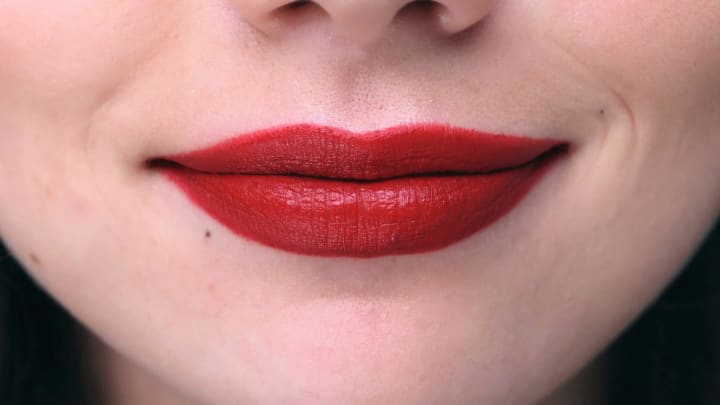
One of the earliest formulas for lipstick involved a number of ingredients, ranging from gross to toxic. The ancient Egyptians used a few such formulas. The best of these was henna, a substance now commonly used as a sort of temporary tattoo, which had few negative health effects. Somewhere in the middle fell ew-inducing ingredients like crushed bugs. But the worst of these was bromine mannite. Bromine mannite, which the Egyptians combined with trace amounts of iodine and algin. This mixture created a reddish rouge that has long been considered a sign of health, vitality, and beauty. However, it also had the unfortunate side effect of causing potential death. Not exactly a trade-off many of us would be inclined to make nowadays.
Lead hair-dye

Another unfortunate substance that shortened the life of many ancient Egyptians was lead. Unfortunately, the toxicity of lead was truly discovered for centuries, which is why its important not to let kids or pets eat the paint in old buildings. In small doses, lead might merely cause mild illness or brain damage. But in heavy, regular doses, it could quickly cause serious damage and even death.
In ancient Egypt, this toxic substance was often used to help dye hair. Even at this time, people wanted to hide their gray hairs, and dark, raven-black hair was considered the standard of beauty. As a result, many people - especially those of the high classes - poisoned themselves with lead dyes in order to darken their hair. This lead poisoning could cause brain damage, serious birth defects, even death. Aren't you glad the biggest dangers of hair dyeing today generally just include, well, all of your hair falling out?
Radioactive Cosmetics
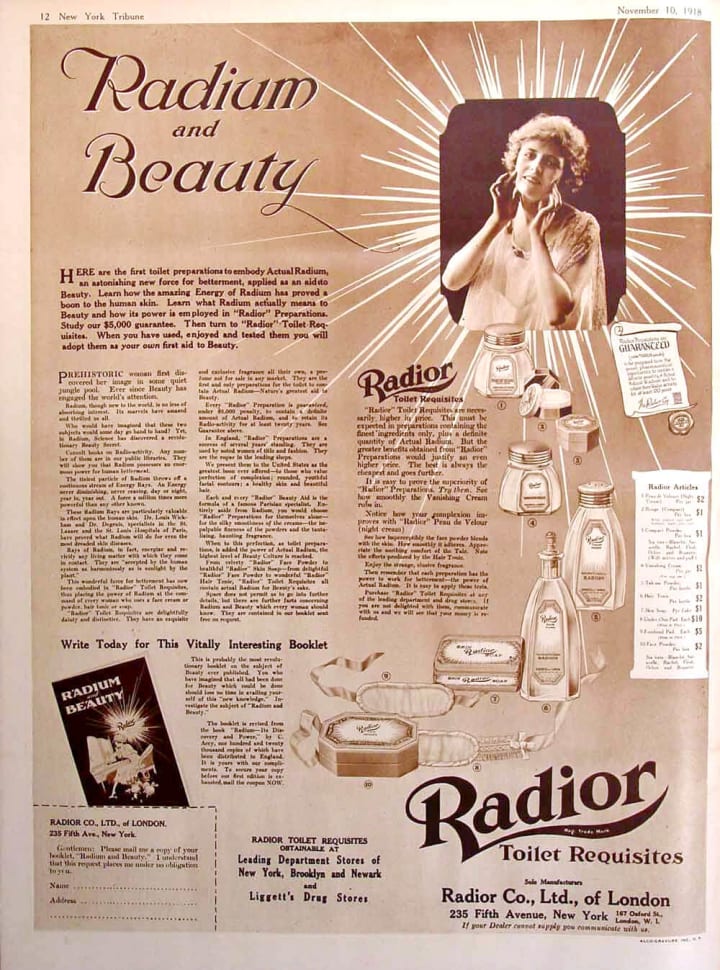
You don't have to go back to ancient times to find examples of toxic beauty treatments. In fact, ingredients in beauty products are being banned every day as scientists discover their dangers. But, as in the case of Radium, scientists and research often come after the popularization of toxic ingredients. When Marie Curie first discovered Radium in 1898, it was a massive step forward for the field of science. However, the field of cosmetics also took quick advantage of the substance's properties: namely, it's glowing properties. It was marketed as a way to enhance your skin's glow, and give it a healthy, radiant look. It wasn't for decades that scientists learned the real danger of using radioactive cosmetics, and stopped using one of our most hazardous chemicals as a skin treatment.
Arsenic Nair
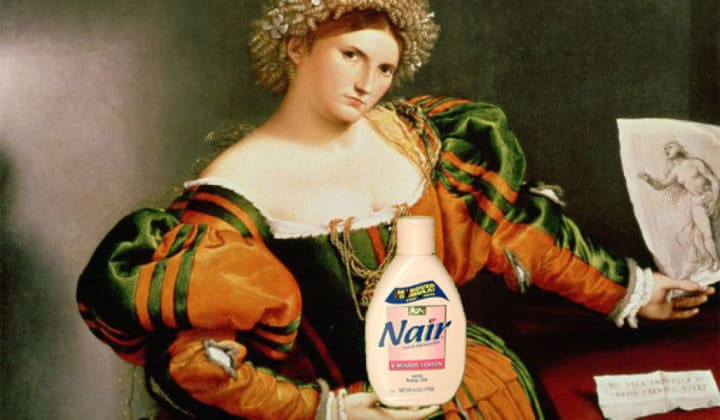
Even with the high-tech chemical and laser hair-removal options we have today, most women prefer to stick with the tried-and-true method of shaving. But the use of harsh chemicals to remove hair is not actually a recent development: in fact, it was one a popular, though toxic beauty treatment. One of the most common methods of hair removal for Renaissance women was arsenic, often mixed with foul substances like cat dung, vinegar, and quicklime. Now, if you don't know much about chemistry, that might not mean much to you: but, for a little context, such chemical mixtures came with a warning to wash off the substance as soon as it begins to feel hot - in order to avoid melting your skin off. Yikes.
Lead facials

Lead was a frequently used ingredient in toxic beauty treatments across the globe, for centuries. Unfortunately, it's also a seriously damaging substance. Besides its use in Egyptian hair dyes, white lead also appeared in recipes for facials in the Elizabethan times. This recipe was meant to bleach the skin and make it appear whiter. This standard of beauty was meant to signify that a lady had no need to venture out into the sun, and was of a high enough class to remain untouched by its damaging rays. Unfortunately, that wouldn't protect them from the inevitable lead poisoning caused by their beauty regimens. Again, this kind of beauty treatment could cause birth defects in children, breast cancer, brain damage and more, even in healthy adults.
X-Ray Hair Removal
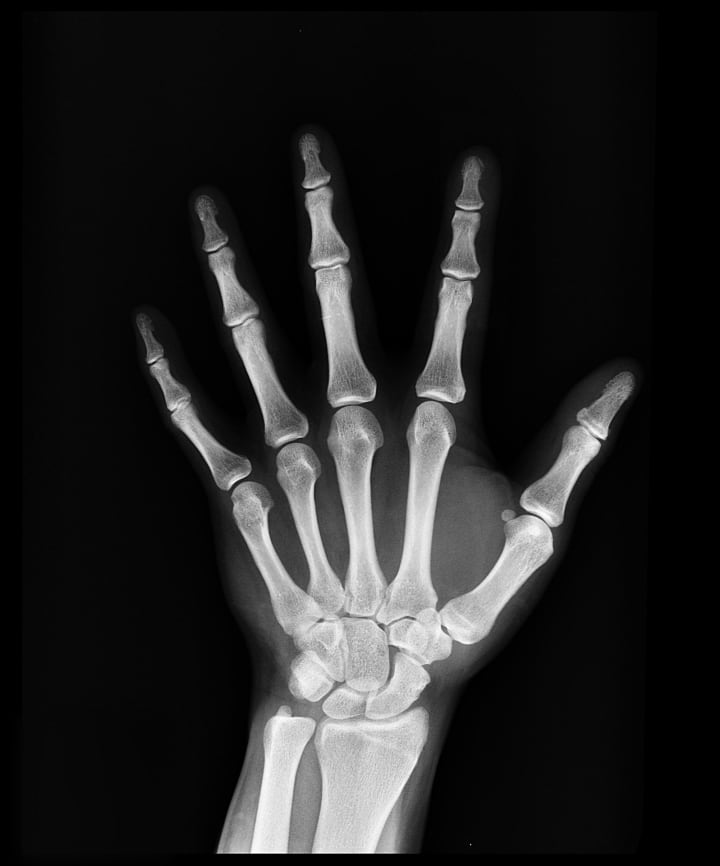
As if slathering yourself in arsenic and cat poo weren't enough, another popular method of hair removal back in the day was X-Ray technology. If you've ever gotten an X-Ray, you know that it takes just a few moments, and that you have to have the parts of your body that aren't being X-Rayed covered by a special, radiation-resistant material. In the brief seconds it takes to get an X-Ray, very little damage can be done. However, the amount of time it takes to remove hair this way can cause serious damage. In the early days of X-Ray technology, women would be under this radiation, unprotected, for many minutes. In fact, by 1970, a full third of women with radiation-related cancer had developed it as a result of these kinds of hair-removal procedures.
Face bleach
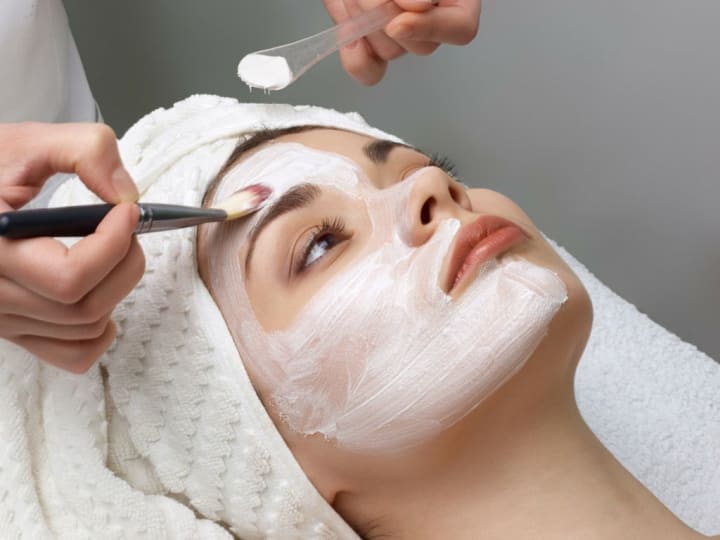
Lead was one popular ingredient used in face bleaches beginning in the middle ages, but it was far from the only. This toxic beauty treatment led to a whole host of dangerous recipes, including lead and actual bleach. Even today, artificially lightening and darkening your skin generally requires some pretty harsh chemicals, and can lead to long-term damaging effects on your skin and overall health. But at least women aren't expected to regularly apply lead to their skin, right?
Cosmetic Injections

One of the more recent, and long-lasting, toxic beauty treatments we have to contend with is cosmetic injections. In recent decades, the practice of injecting substances into the face and skin for beauty purposes has only increased. From relatively innocuous practices like cortisone injections for acne, to more serious procedures like botox and the infamous Kardashian "vampire facial", the act of jabbing needles into people's faces always comes with a risk. Along with this increase in injected beauty treatments, there has been an increase in infections and bacterial outbreaks as a result of these practices.
About the Creator
Nicola P. Young
Lover of Books, Saxophone, Blogs, and Dogs. Not necessarily in that order. Book blogger at heartofinkandpaper.com.


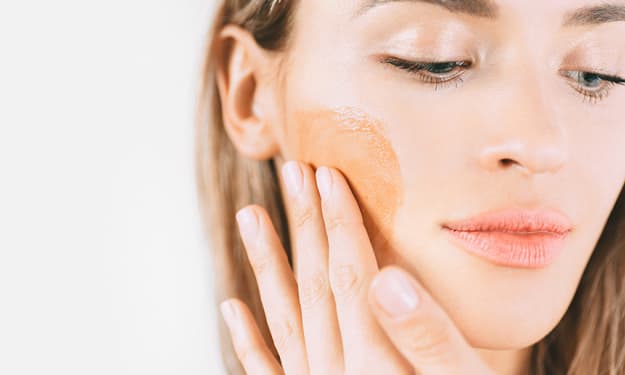
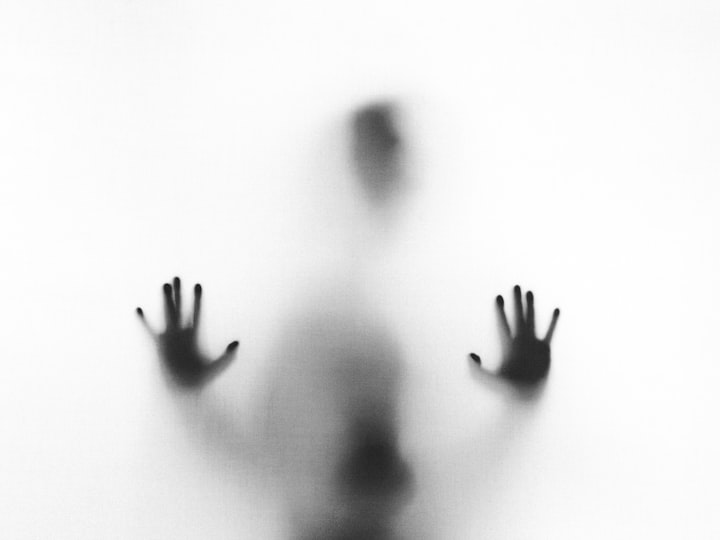


Comments
There are no comments for this story
Be the first to respond and start the conversation.